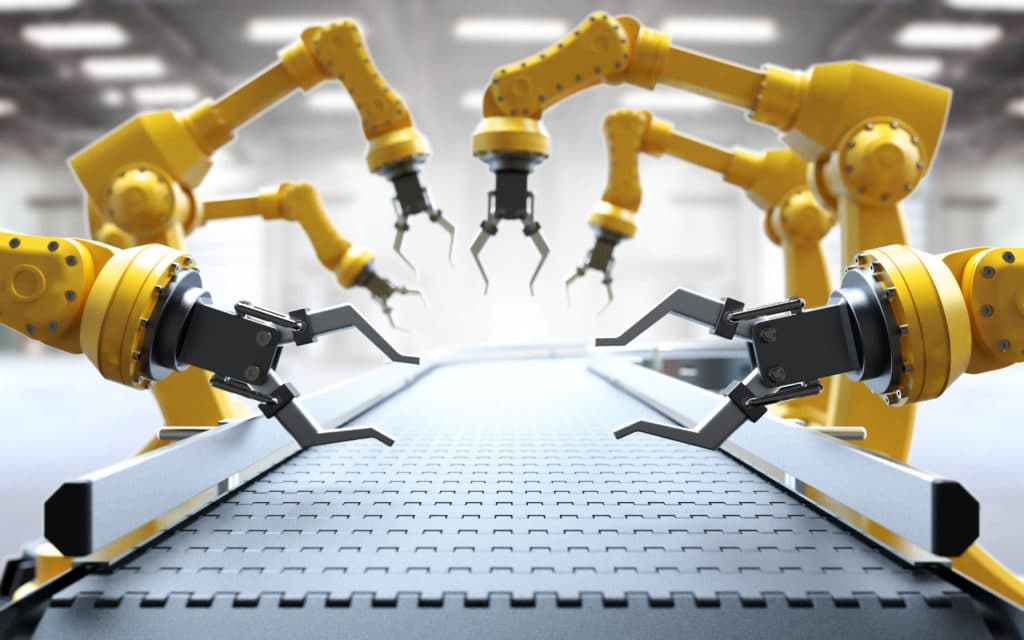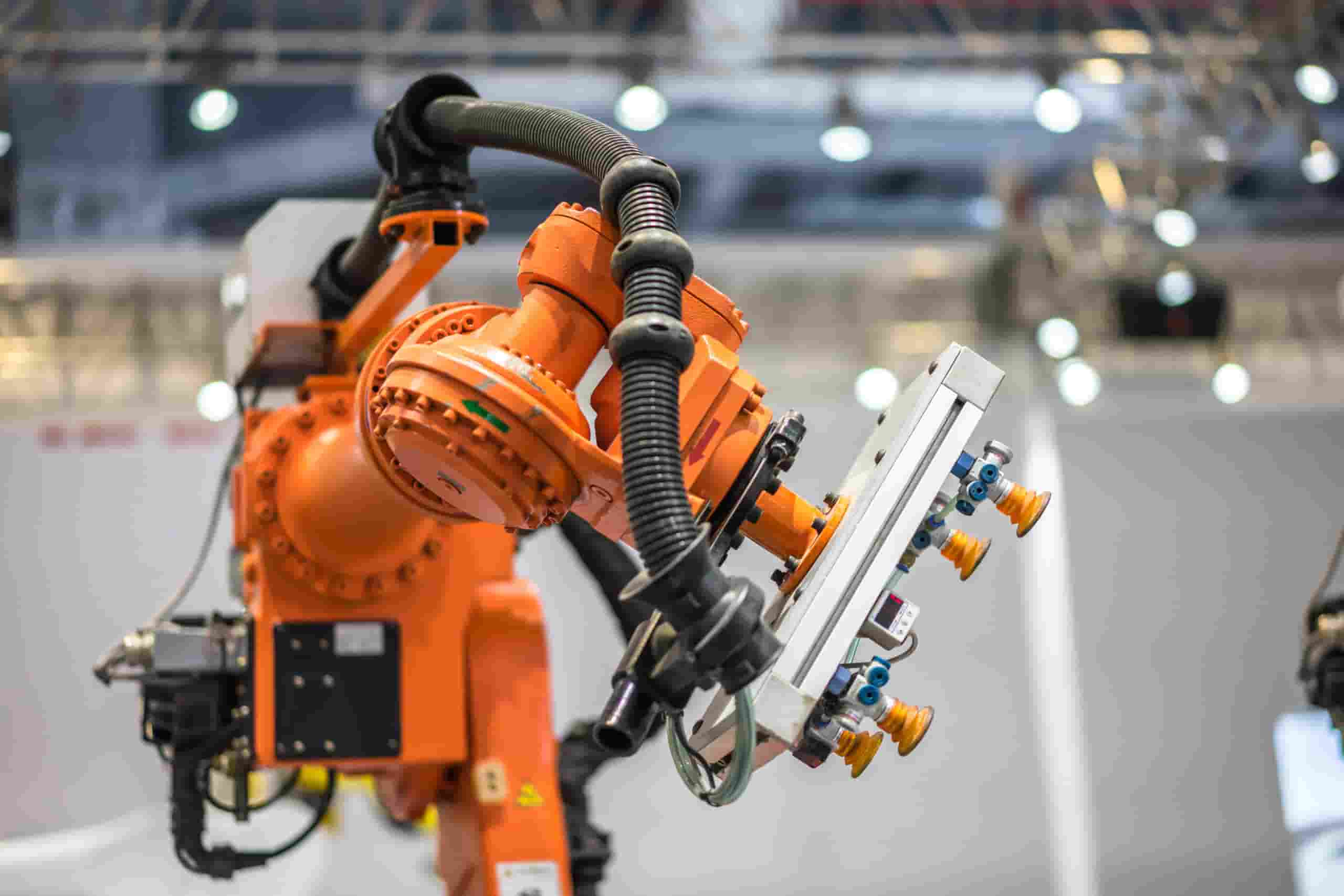
February 21, 2025 – The ARM Institute’s 25-01 Core-Funded Technology Project Call is now publicly available! This Tech Project Call, like all ARM Institute Project Calls, seeks to support both the Department of Defense and U.S. manufacturing at large.
This AI and Robotics Project Call seeks projects to make focused investments in the Special Topic Areas (STA) described below. These Special Topic Areas have been derived from the institute’s prior research, with guidance from the Institute’s Technology Advisory Committee (TAC) and partners.
While the Project Call is publicly available, organizations must become an ARM Institute Member to submit a proposal. Learn more about membership here or email [email protected].
Public Webinar
Join us on March 13 at 1 PM ET for a publicly available webinar further exploring our 25-01 Technology Project Call. During this webinar, we will review the Project Call content, process for submitting, answer questions, and more. Register to attend here.
Can’t join at the scheduled time? Register to receive the recording.
Timeline at a Glance
- Final Project Call Released: February 21, 2025
- Submission Process Opens: February 21, 2025
- Public Webinar: March 13, 2025
- Submission Deadline for Concept Papers: April 9, 2025
- Invitations for Presentation Phase Released: On or about May 2, 2025
- Submission Deadline for Presentations and Supporting Documentation: June 5, 2025
- Team Presentations (by invitation-only): On or about June 10, 2025
- Final Selections Released; Subaward Negotiations Begin: On or about June 11, 2025
- Subaward Execution Deadline; Awards Expire: July 15, 2025
- Target Project Start Date: On or about July 15, 2025
- Project Period of Performance End Date: July 14, 2026
Special Topic Areas at a Glance
Further details about each Special Topic Area are available in our full Project Call document.
Special Topic Area 1 (STA1): Multi-modal inputs for AI robotics in Manufacturing
Robots are gaining exceptional perception capabilities through recent advancements in Artificial Intelligence (AI). While deep learning methods in robotics have predominantly relied on RGB image data in the past, there is no reason to restrict their use only to vision data. Multimodal sensing involves the use of various sensors that capture diverse data types such as visual, auditory, tactile, and proprioceptive, to help robots perceive and interpret their surroundings. Implementing multimodal sensing in robotics can significantly enhance their ability to make decisions and control various tasks. In manufacturing applications, where a vast range of sensor data such as force, pressure, temperature, hyperspectral imaging, and acoustic are used, multimodal sensing can prove especially beneficial. Manufacturing automation applications are increasingly recognizing the importance of multimodal sensing in improving the precision, efficiency, and safety of different processes.
Special Topic Area 2 (STA2): Rapid Re-Tasking and Robot Agility
Advances in automation have provided for sustained productivity increases and manufacturing growth over the past decade. Sustaining this growth will require automation to become more agile and flexible, enabling the automation of tasks that require a high degree of human dexterity and the ability to react to unforeseen circumstances. Robot’s traditional program-by-teaching model takes considerable time, requires extensive expertise, and does not lend itself to tasks that require adaptability. This has limited robots to high-volume, repetitive operations and precluded them from low-volume, time critical, and flexible projects. Offline programming of robots is possible, like the computer-aided manufacturing (CAM) method widely used for machine tools. However, the poor accuracy of robots compared with machine tools limits them to jobs with low tolerance requirements, or requires additional methods such as calibration, modeling, and external sensing to improve their accuracy. These methods increase the upfront cost of a robotic system. However, advances and cost reduction in sensing technologies (especially laser scanning) have brought robot systems into the price range of even small-to-medium enterprises.
Special Topic Area 3 (STA3): Multi-Robot, Multi-Human Collaboration
Future manufacturing environments will have multiple robots and humans working in close-proximity and collaborating on specific tasks. Robots are currently unable to reliably detect human presence in environments with high uncertainty and contextually understand human activity. Similarly, no solutions currently exist for dynamic, distributed sensing for safety. ARM has identified the development of real-time coordination between multiple robots and multiple humans to perform advanced manufacturing processes as a key area of interest.
Special Topic Area 4 (STA4): Adaptive Real-Time Path Planning and Control
Adaptive real-time path planning and control is increasingly essential in manufacturing environments, particularly as industries adopt advanced automation and robotics. This technology optimizes the movement of machines, robots, and material handling systems, enhancing efficiency, productivity, and safety on the factory floor. A successful solution conveys a technical approach or methodology that enables advanced manufacturing robotic systems to adjust a path or trajectory to variations that may occur in the system or process.
Download our full Project Call here
ABOUT THE ARM INSTITUTE
The Advanced Robotics for Manufacturing (ARM) Institute is a Manufacturing Innovation Institute (MII) funded by the Office of the Secretary of Defense under Agreement Number W911NF-17-3-0004 and is part of the Manufacturing USA® network. The ARM Institute leverages a unique, robust, and diverse consortium of 450+ members and partners across industry, academia, and government to make robotics, autonomy, and artificial intelligence more accessible to U.S. manufacturers large and small, train and empower the manufacturing workforce, strengthen our economy and global competitiveness, and elevate national security and resilience. Based in Pittsburgh, PA since 2017, with a satellite office in St. Petersburg, FL, the ARM Institute is leading the way to a future where people & robots work together to respond to our nation’s greatest challenges and to produce the world’s most desired products. For more information, visit www.arminstitute.org and follow the ARM Institute on LinkedIn and X (formerly Twitter).
